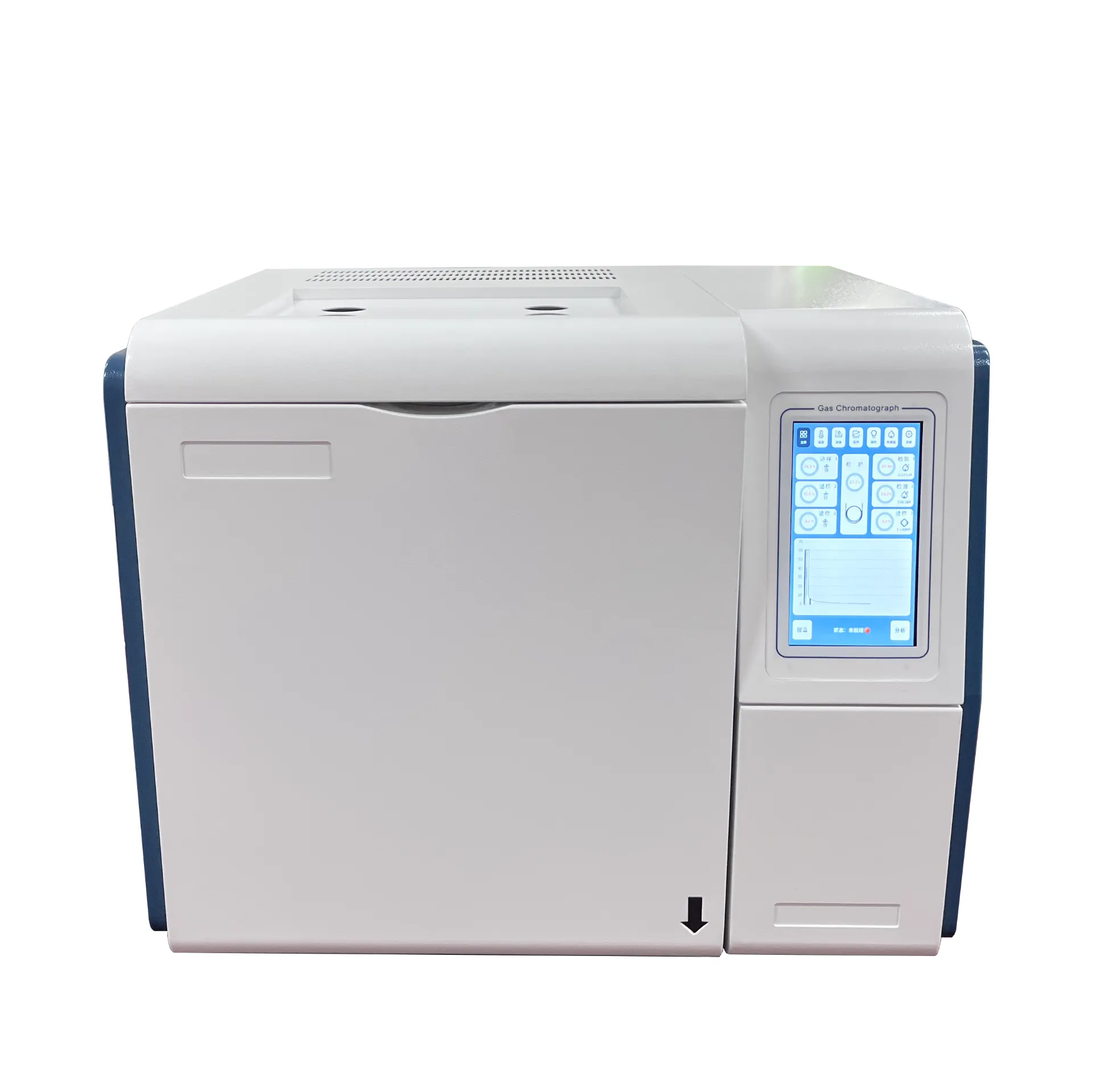 English
English



-
 Afrikaans
Afrikaans -
 Albanian
Albanian -
 Amharic
Amharic -
 Arabic
Arabic -
 Armenian
Armenian -
 Azerbaijani
Azerbaijani -
 Basque
Basque -
 Belarusian
Belarusian -
 Bengali
Bengali -
 Bosnian
Bosnian -
 Bulgarian
Bulgarian -
 Catalan
Catalan -
 Cebuano
Cebuano -
 China
China -
 China (Taiwan)
China (Taiwan) -
 Corsican
Corsican -
 Croatian
Croatian -
 Czech
Czech -
 Danish
Danish -
 Dutch
Dutch -
 English
English -
 Esperanto
Esperanto -
 Estonian
Estonian -
 Finnish
Finnish -
 French
French -
 Frisian
Frisian -
 Galician
Galician -
 Georgian
Georgian -
 German
German -
 Greek
Greek -
 Gujarati
Gujarati -
 Haitian Creole
Haitian Creole -
 hausa
hausa -
 hawaiian
hawaiian -
 Hebrew
Hebrew -
 Hindi
Hindi -
 Miao
Miao -
 Hungarian
Hungarian -
 Icelandic
Icelandic -
 igbo
igbo -
 Indonesian
Indonesian -
 irish
irish -
 Italian
Italian -
 Japanese
Japanese -
 Javanese
Javanese -
 Kannada
Kannada -
 kazakh
kazakh -
 Khmer
Khmer -
 Rwandese
Rwandese -
 Korean
Korean -
 Kurdish
Kurdish -
 Kyrgyz
Kyrgyz -
 Lao
Lao -
 Latin
Latin -
 Latvian
Latvian -
 Lithuanian
Lithuanian -
 Luxembourgish
Luxembourgish -
 Macedonian
Macedonian -
 Malgashi
Malgashi -
 Malay
Malay -
 Malayalam
Malayalam -
 Maltese
Maltese -
 Maori
Maori -
 Marathi
Marathi -
 Mongolian
Mongolian -
 Myanmar
Myanmar -
 Nepali
Nepali -
 Norwegian
Norwegian -
 Norwegian
Norwegian -
 Occitan
Occitan -
 Pashto
Pashto -
 Persian
Persian -
 Polish
Polish -
 Portuguese
Portuguese -
 Punjabi
Punjabi -
 Romanian
Romanian -
 Russian
Russian -
 Samoan
Samoan -
 Scottish Gaelic
Scottish Gaelic -
 Serbian
Serbian -
 Sesotho
Sesotho -
 Shona
Shona -
 Sindhi
Sindhi -
 Sinhala
Sinhala -
 Slovak
Slovak -
 Slovenian
Slovenian -
 Somali
Somali -
 Spanish
Spanish -
 Sundanese
Sundanese -
 Swahili
Swahili -
 Swedish
Swedish -
 Tagalog
Tagalog -
 Tajik
Tajik -
 Tamil
Tamil -
 Tatar
Tatar -
 Telugu
Telugu -
 Thai
Thai -
 Turkish
Turkish -
 Turkmen
Turkmen -
 Ukrainian
Ukrainian -
 Urdu
Urdu -
 Uighur
Uighur -
 Uzbek
Uzbek -
 Vietnamese
Vietnamese -
 Welsh
Welsh -
 Bantu
Bantu -
 Yiddish
Yiddish -
 Yoruba
Yoruba -
 Zulu
Zulu
Short Circuit Testing Methods for Three Phase Transformers Explained in Detail
Short Circuit Test on Three-Phase Transformers
The short circuit test is a crucial diagnostic procedure for assessing the performance and operational characteristics of three-phase transformers. This test provides valuable insights into various parameters, including impedance, losses, and efficiency. Understanding how to conduct and analyze a short circuit test is essential for engineers and technicians in the electrical power industry.
Purpose of the Short Circuit Test
The primary purpose of the short circuit test on a three-phase transformer is to evaluate its impedance and to determine the copper losses that occur under load conditions. By applying a reduced voltage to the primary winding while short-circuiting the secondary, the test mimics normal operational stress without risking damage to the transformer. The results guide engineers in calculating the transformer’s ability to handle large load currents and its overall efficiency under service conditions.
Test Setup
To initiate the short circuit test, a three-phase transformer must be prepared. The transformer terminals are connected in such a way that the secondary winding is short-circuited. Typically, the primary winding is then connected to a variable voltage source. The objective is to gradually increase the voltage applied to the primary until the rated current flows through the transformed winding. This process allows for the observation of voltage drop and the measurement of current and power during the test.
Conducting the Test
During the short circuit test, several key measurements need to be recorded
1. Applied Voltage (V) The voltage applied to the primary winding. 2. Current (I) The current flowing through the primary winding, which should match the rated current of the transformer. 3. Power (P) The real power measured in watts using wattmeters connected to the primary side.
By measuring the power consumed during the test, technicians can determine the copper losses, which are indicative of the transformer’s efficiency when loaded. These losses are primarily associated with the resistance of the windings, and can be calculated using the formula
short circuit test on three phase transformer

\[ P_{\text{loss}} = V \times I \times \text{power factor} \]
Given that the short circuit test is performed at rated current, the power factor is typically considered as unity for simplification.
Analyzing Test Results
The results obtained from the short circuit test are instrumental in evaluating the transformer’s equivalent circuit parameters. The impedance can be calculated using the formula
\[ Z = \frac{V}{I} \]
Where Z is the impedance, V is the applied voltage, and I is the current measured during the test. This impedance is crucial as it affects voltage regulation, load distribution, and fault performance of the transformer. Additionally, it helps in designing relay settings for protection schemes.
Furthermore, the copper losses obtained from the test enable engineers to assess the thermal performance of the transformer. Knowing how much heat is generated during operation helps in designing adequate cooling systems to maintain operational efficiency and prevent overheating.
Conclusion
The short circuit test on three-phase transformers is an essential procedure that provides insightful data crucial for the reliable operation of electrical systems. By accurately measuring key parameters, engineers can ensure that transformers can perform effectively under load while minimizing losses. Ultimately, understanding the results of the short circuit test empowers electrical professionals to make informed decisions regarding maintenance, operational adjustments, and safety measures in power distribution systems.
-
Ensuring SF₆ Gas Safety: Introducing PUSH’s Integrated SF₆ Analyzer for Dew Point, Purity, and Decomposition MonitoringNewsJul.10,2025
-
Exploring the Main Types of Industrial Endoscopes and Their Applications Across IndustriesNewsJul.04,2025
-
Testing Equipment Industry Sees Major Advancements in 2025: Smart & Precision Technologies Lead the WayNewsJun.06,2025
-
Applications of Direct Current Generators in Renewable Energy SystemsNewsJun.05,2025
-
Hipot Tester Calibration and Accuracy GuidelinesNewsJun.05,2025
-
Digital Circuit Breaker Analyzer Features and BenefitsNewsJun.05,2025



